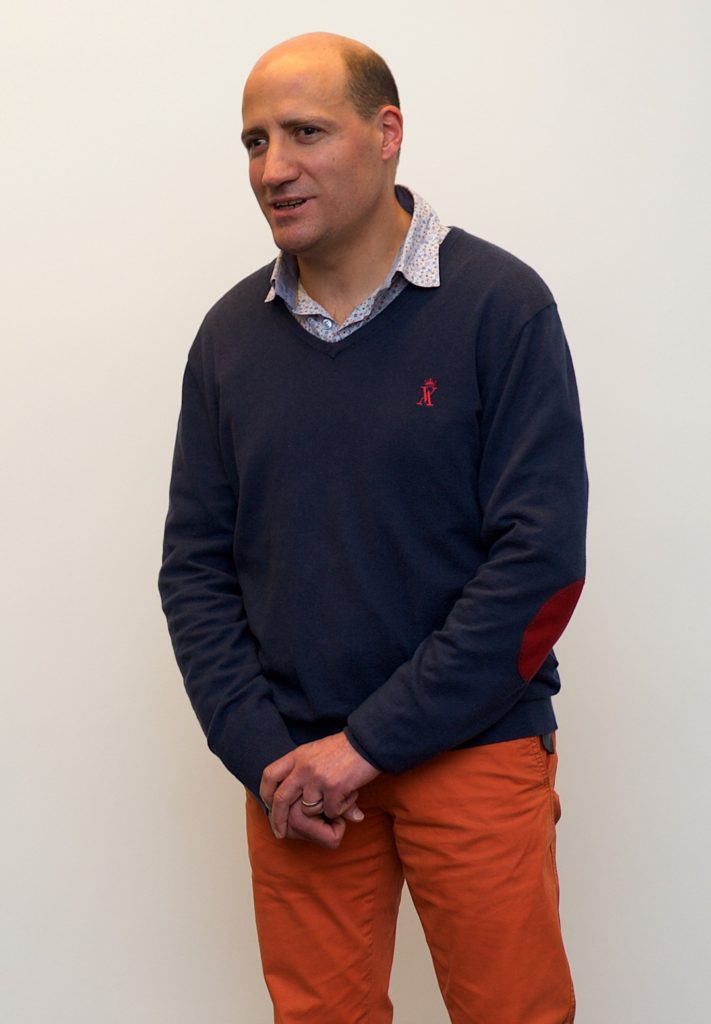
Most of the mistakes I have made were the result of being indecisive—when I dithered, let a moment pass me by or closed my eyes. Those were the times when I confused my doubts with the fear of making a decision that was called for. Looking back, it wasn’t doubt that froze me, but fear. And fear is the prime cause of dithering, not moving ahead and not diving in.
Example: When I started my first business, we didn’t have an engineering team and we chose to sub-contract the preliminary development of our software to an IT firm. It didn’t take long for delays to accumulate and dysfunctionality to appear in our service provider. But the longer I hoped and waited for the situation to improve—considering the significant amount of capital invested—the more the situation bogged down. And the more I doubted, the harder it was to see clearly. After a time, my doubts morphed into fear—the fear of cutting ties with the sub-contractor, of moving backwards, of starting from scratch, of running counter to my director who had more experience and who had selected the provider. I closed my eyes and took refuge behind our director.
But fear doesn’t eliminate danger.
The result: eight months late and 80% of the software to be redeveloped. I cut ties with the IT provider, and our shareholders asked me to fire the director—not an easy thing to do to for a 25-year-old to do to a 50-year-old family man.
Without a doubt, it’s wrong to let a situation putrefy. The longer we wait to make a decision, the harder it is to do. There have been numerous examples of this at the government level over the last years and decades.
As my American marketing professor used to say, “Making a bad decision is not the problem; the problem is not making one at all.” I had to experience this first hand to fully integrate his advice and learn to differentiate doubt from fear.